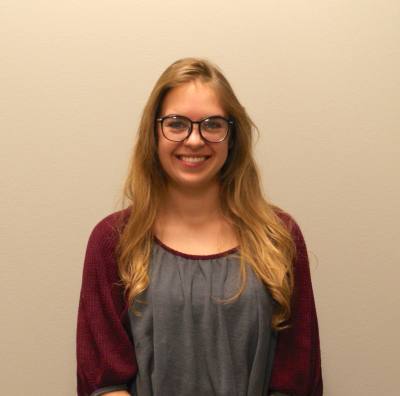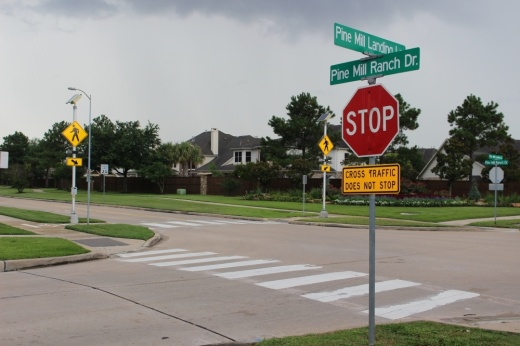As Precinct 3 becomes more dense, officials are seeing more intersections with high crash rates or that lack a traffic-control device and could use a traffic-calming measure, said Robert Pechukas, manager of policy and administration with the precinct. Thus, the county is working to implement changes and prefer roundabouts for several reasons, Pechukas said.
The design of a roundabout limits T-bone collisions, which improves safety as most of the remaining accidents are less dangerous sideswipes, Pechukas said.
Additionally, signals are expensive to design and maintain.
“Roundabouts cost about the same amount as a signal to design, but the maintenance aspect is nearly nonexistent,” Pechukas said.
Roundabouts also naturally limit drivers’ speed since drivers are more likely to reduce their speed when traveling through a roundabout than when traveling through an intersection, Pechukas said.
Finally, roundabouts are more efficient, Pechukas said.
“What I mean by this is: Drivers aren’t constantly stopping and going,” he said. “Traffic is at a constant flow, limiting traffic jams—they still happen, but not as much—and easing congestion.”
The county’s engineering department is actively working on the roundabout policy and meeting with developers to explain the precinct’s position, which is that Precinct 3 officials want to avoid traditional intersections in favor of roundabouts moving forward, Pechukas said.
The timeline for implementation is immediate, Pechukas said, noting two intersections—Pine Mill Ranch Drive at Pine Mill Landing Lane and Gaston Road at Northlight Lane—will soon be converted to modular roundabouts.
The modular roundabouts are manufactured by Vortex Roundabouts out of durable recycled plastic, Assistant County Engineer Chris Debaillon said.
Each square foot of roundabout is made from more than 100 recycled one-gallon milk jugs, according to the company. The material has an estimated 50-year lifespan and is resistant to extreme weather conditions—such as high temperatures, according to Vortex.
The roundabouts are intended to be used in situations in which there will be few, if any, modifications to the existing pavement, Debaillon said.
“They come in premanufactured sections that are then bolted down to the pavement, which provides significant cost and installation time savings,” Debaillon said.
A timeline for the roundabouts is not yet available because the county is still in the development phase, Debaillon said, and is working with Vortex on manufacturing and installation options.
The county estimates the total cost of each installation to be about $30,000 if no pavement needs to be modified, he said. Both projects will be funded by County Assistance District No. 10.
Other upcoming projects to watch:
Fry Road right-turn laneA right-turn lane will be constructed over the course of 60 days from Fry Road onto Katy Gaston Road.
Timeline: fall 2021
Cost: $320,000
Funding source: County Assistance District No. 1
Pin Oak Road right-turn lane
A right-turn lane will be constructed over the course of 45 days from Pin Oak Road onto Katy Flewellen Road.
Timeline: fall 2021
Cost: $230,000
Funding source: County Assistance District No. 10
Greenbusch Road project
Greenbusch Road will be converted from a two-lane asphalt road into a three-lane concrete curb-and-gutter road from north of Gaston Road to Westheimer Parkway.
Timeline: fall 2021-fall 2022
Cost: $7.4 million
Funding source: 2013 Fort Bend County mobility bonds





